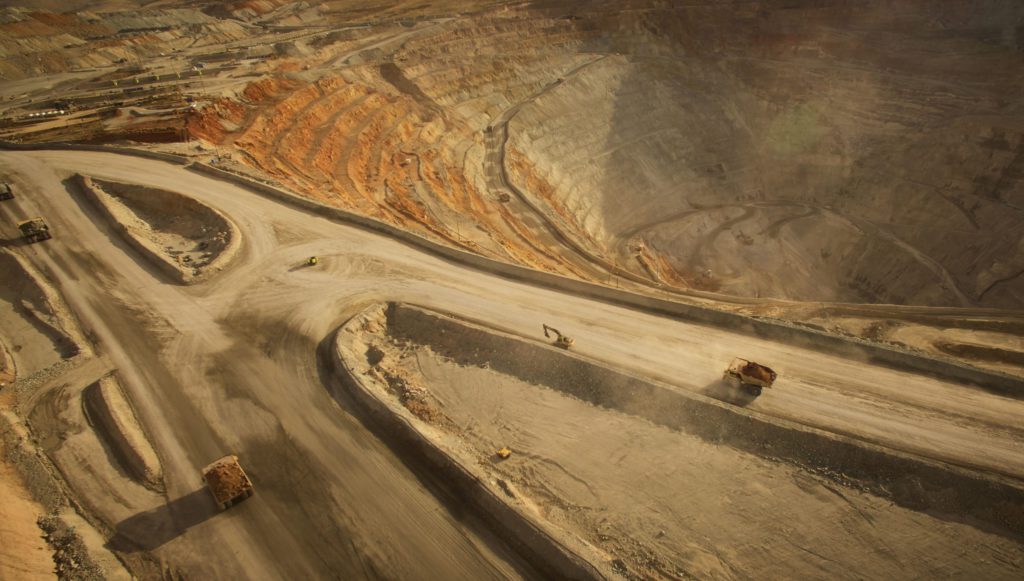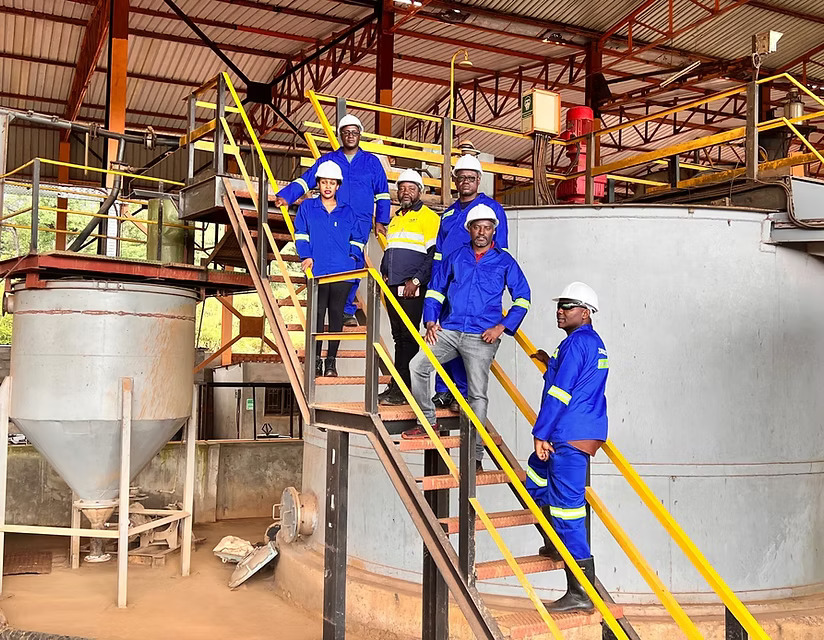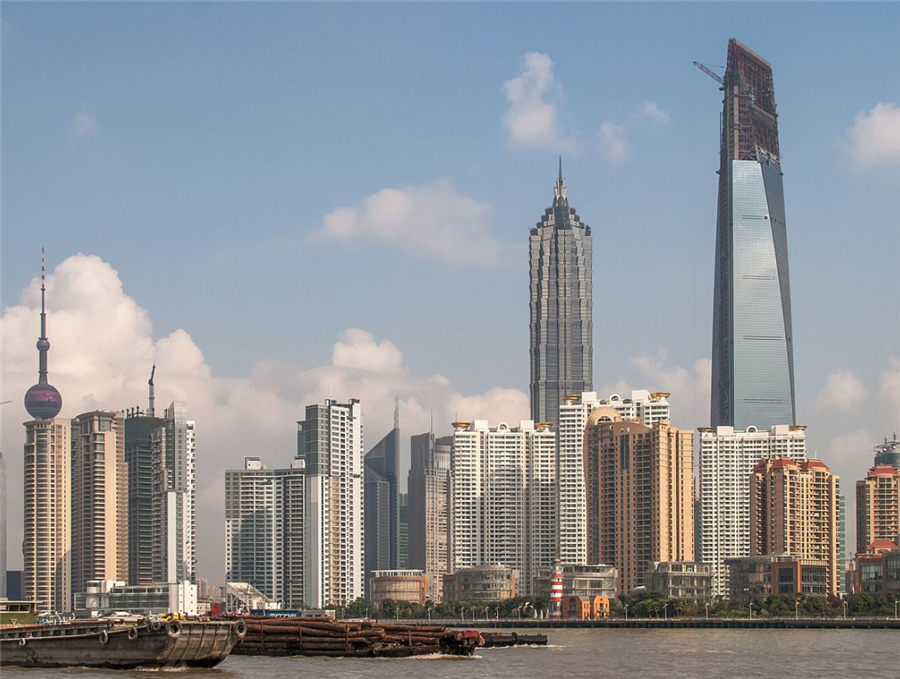Peru copper mines aim for output boost in 2023 after protest impact fades

Peru’s copper miners hope to increase output in 2023 after recovering from the impact of major protests at the start of the year, industry executives said, despite simmering anti-government anger in the world’s no. 2 producer of the red metal.
The South American country saw a number of key mines reduce or temporarily halt production in January and February during the deadliest protests that have hit Peru in over 20 years, with the worst violence in the copper-rich Andean south.
However, protests and blockades that snarled transport to and from mines have largely been lifted, despite ongoing public anger since the dramatic ouster late last year of leftist leader Pedro Castillo. Voters are still pushing for snap elections.
“The southern (mining) corridor is operating normally, all the inventories of concentrates that the mines had are been sent to the coast,” said Víctor Gobitz, president of mining sector body SNMPE and chief executive of Peru’s top mine Antamina.
Power data from Peru’s private power sector body COES, analyzed by Reuters, shows activity at Peru’s top mines has stabilized since early March following the disruptions earlier this year, which stalled production and shipments.
That’s a boost for mines, including Chinese state-owned MMG Ltd’s Las Bambas, Glencore PLC’s Antapaccay, Hudbay’s Constancia, and Antamina, co-owned by Glencore, BHP Group Ltd, Teck Resources Ltd and Mitsubishi Corp.
Gobitz said the easing of protests and new mines coming fully online like Anglo American’s $5.5 billion Quellaveco would push up overall copper production this year.
“If we manage to resolve the issue of the mining corridor and the 100% effect of Quellaveco, then without a doubt Peru will produce more copper in 2023 than in 2022,” he said.
Peru produced some 2.44 million tonnes of copper last year, 4.8% more than in 2021 and very close to the maximum level before the global effects of the Covid-19 pandemic.
Ratings agency Moody’s said in a March report that most miners in Peru had survived relatively unscathed from the protests, though the impact would likely “delay mining company permits for projects already under construction.”
In southern Puno, the San Rafael de Minsur tin mine, the world’s fourth largest, has slowly restarted operations since March 20 after a roughly 10-week halt due to protests, though blockades continue on weekends.
A Minsur spokesperson told Reuters the mine was “on track to be operating at full capacity, but it takes some time to get there. It will depend on there being no other interruptions.”
(By Marco Aquino; Editing by Adam Jourdan and Jonathan Oatis)
More News
Terra Metals, Metalex seal $100M deal to form copper-cobalt partnership in Zambia
May 28, 2025 | 10:12 am
{{ commodity.name }}
{{ post.title }}
{{ post.date }}



Comments